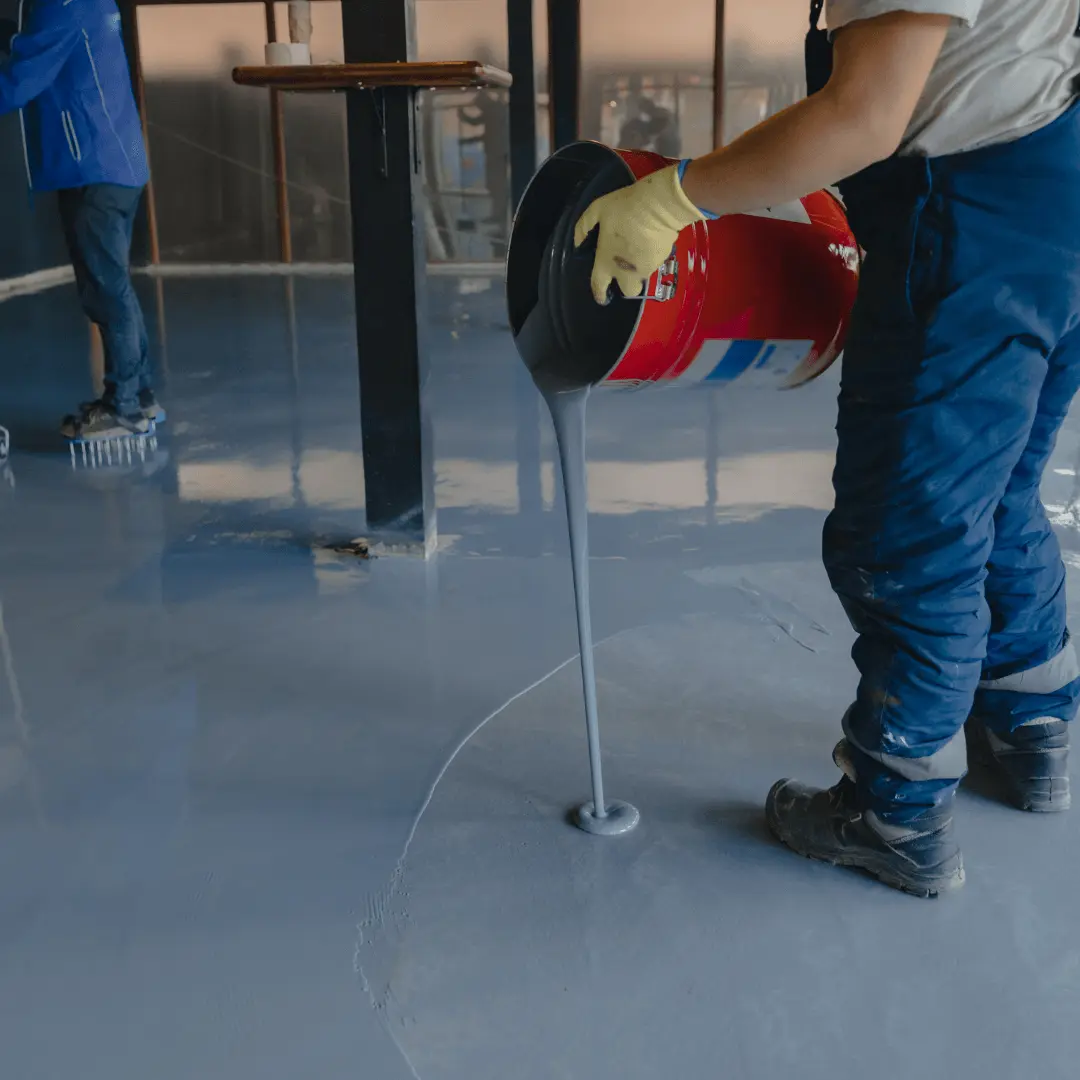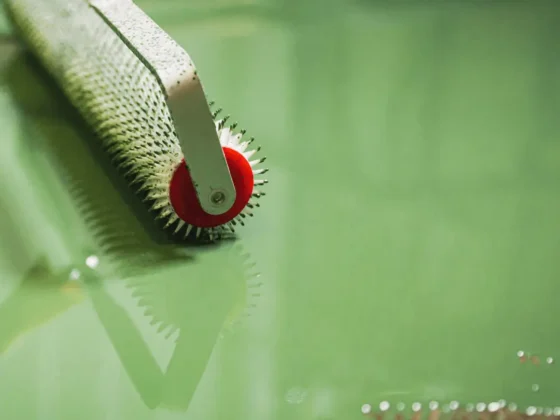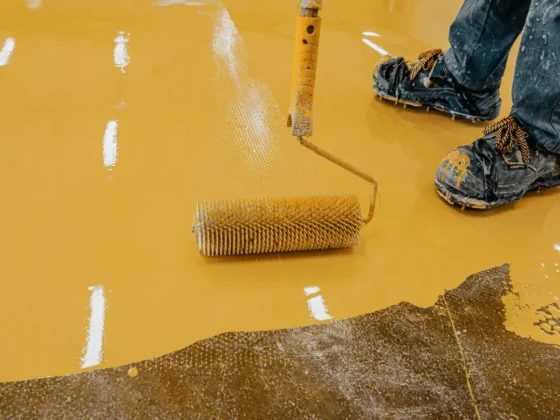Epoxy resin has become increasingly popular among homeowners looking to upgrade their garage floors. Its ability to transform a dull and drab surface into a sleek, durable, and visually appealing space makes it a top choice for many. A well-finished garage floor not only enhances the overall aesthetics of your home but also provides a resilient surface that can withstand heavy use and resist stains and damage.
In this blog, we’ll explore the benefits of epoxy resin, providing you with essential tips and tricks to achieve a stunning home garage floor. From understanding the basics of epoxy resin and preparing your garage floor to mastering the application process and maintaining your new surface, we’ve got you covered.
What is Epoxy Resin?
Epoxy resin is a two-part compound consisting of resin and a hardener that, when mixed, chemically react to form a rigid plastic material. This reaction creates a strong, durable, and glossy finish, making it ideal for surfaces that require both resilience and aesthetics. Initially developed for industrial applications, epoxy resin has gained widespread popularity in residential settings, particularly for garage floors.
Benefits of Using Epoxy Resin for Garage Floors
- Durability: Epoxy resin creates a hard, thick coating that can withstand heavy traffic, impacts, and abrasions. This makes it perfect for garage floors, which often endure heavy machinery, vehicles, and tools.
- Aesthetic Appeal: Available in a variety of colors and finishes, epoxy resin can dramatically enhance the look of your garage. It provides a high-gloss finish that can be customized with decorative chips or metallic pigments for added flair.
- Easy Maintenance: Epoxy-coated floors are non-porous and resistant to stains, chemicals, and spills. This makes them easy to clean and maintain, ensuring that your garage floor looks new for years to come.
Types of Epoxy Resin Available for Home Use
- Solid Epoxy: This type provides the most durable finish, often used in professional settings. It’s highly resistant to chemicals and wear but requires professional application due to its fast curing time.
- Water-Based Epoxy: Easier to apply and less hazardous, water-based epoxy is a popular choice for DIY projects. It’s less durable than solid epoxy but still offers good protection and aesthetic benefits.
- Solvent-Based Epoxy: Known for its excellent bonding properties, solvent-based epoxy provides a durable finish but emits strong fumes during application. Proper ventilation and safety measures are essential when using this type.
Proper surface preparation is crucial for ensuring the epoxy resin bonds effectively to the concrete. Any residual dust, grease, or moisture can prevent the epoxy from adhering correctly, leading to peeling or bubbling over time. A well-prepared surface ensures a smooth application and a durable, long-lasting finish.
Epoxy Resin Application Process
Applying epoxy resin to your garage floor involves several detailed steps to ensure a durable and stunning finish. Following a systematic approach not only enhances the aesthetic appeal of your garage but also ensures a long-lasting, resilient surface. Below is a step-by-step guide to help you achieve professional results.
- Mixing the Epoxy
- Read the manufacturer’s instructions for mixing the resin and hardener.
- Measure the resin and hardener accurately according to the recommended ratio.
- Combine the resin and hardener in a large bucket and mix thoroughly using a drill with a mixing attachment, ensuring there are no streaks or unmixed portions.
- Applying the Primer Coat
- Pour the mixed epoxy primer onto the prepared garage floor in a ribbon-like pattern.
- Use a roller with an extension pole to spread the primer evenly across the floor, working in small sections to ensure thorough coverage.
- Allow the primer coat to cure for 6-8 hours as per the manufacturer’s instructions.
- Pouring and Spreading the Epoxy
- Pour the mixed epoxy onto the primed floor in sections, starting from the back of the garage and working towards the exit.
- Use a notched squeegee to spread the epoxy evenly across the floor, followed by a roller to smooth it out and remove any air bubbles.
- Work quickly as epoxy resin has a limited working time.
- Adding Decorative Elements (e.g., Flakes)
- While the epoxy is still wet, sprinkle decorative flakes or chips evenly across the floor using a broadcast method to achieve a uniform look.
- Gently press the flakes into the epoxy using a roller to ensure they adhere well.
- Applying the Topcoat
- Mix the epoxy topcoat according to the manufacturer’s instructions.
- Pour the topcoat onto the floor and spread it evenly using a roller to add additional durability and a glossy finish.
- Allow the topcoat to cure completely, which may take 24-72 hours depending on the product and environmental conditions.
For a professional finish, ensure an even application by using the right tools and mixing the resin and hardener consistently. Avoid common mistakes such as bubbles and uneven surfaces by using a roller to release trapped air bubbles and following curing instructions precisely.
Conclusion
Applying epoxy resin to your garage floor is a transformative project that enhances both the functionality and appearance of your space. If you’re looking for expert assistance or prefer a professional touch, consider reaching out to Apex Epoxy Flooring in St. Petersburg, FL. Our epoxy installers near you is dedicated to delivering exceptional results, tailored to your specific needs. Contact us today to schedule a consultation and take the first step towards a stunning, durable garage floor that will stand the test of time. Visit our website and fill out the form to get started!



